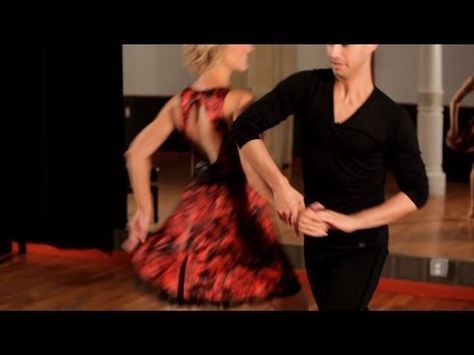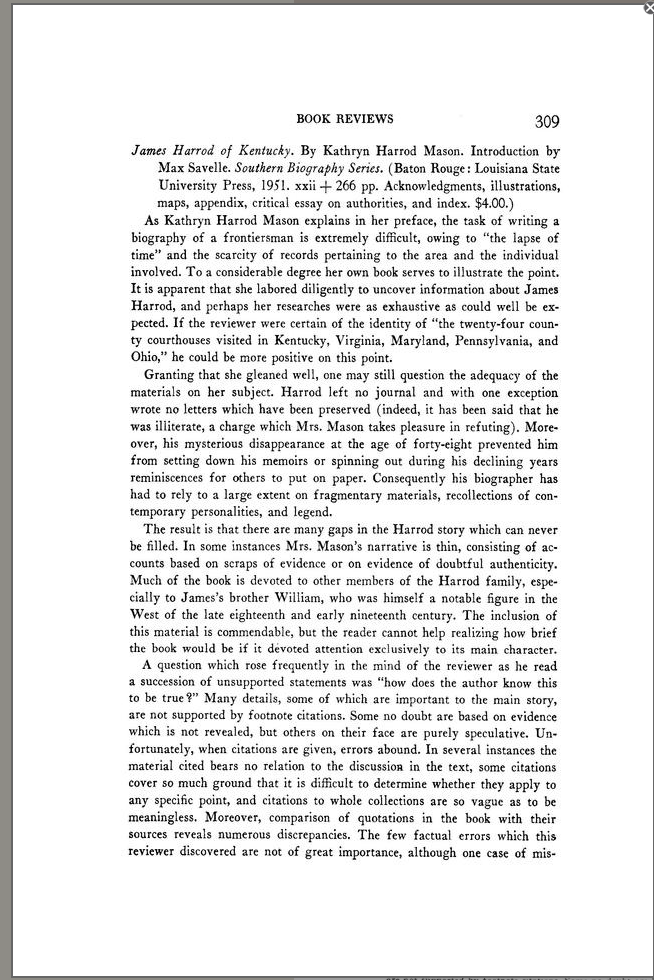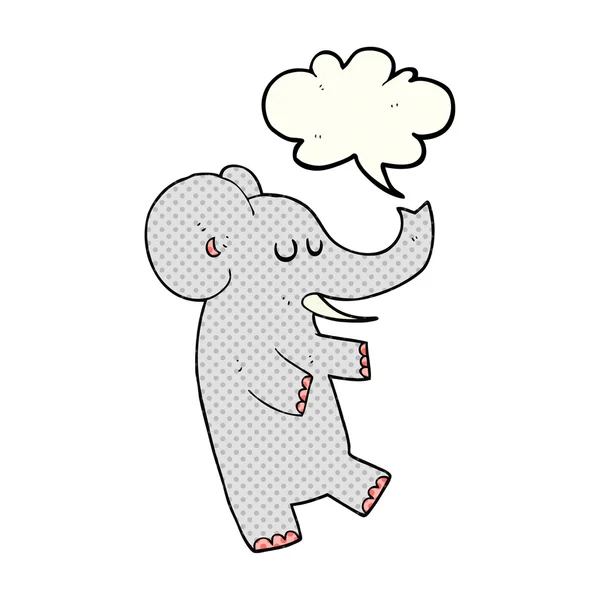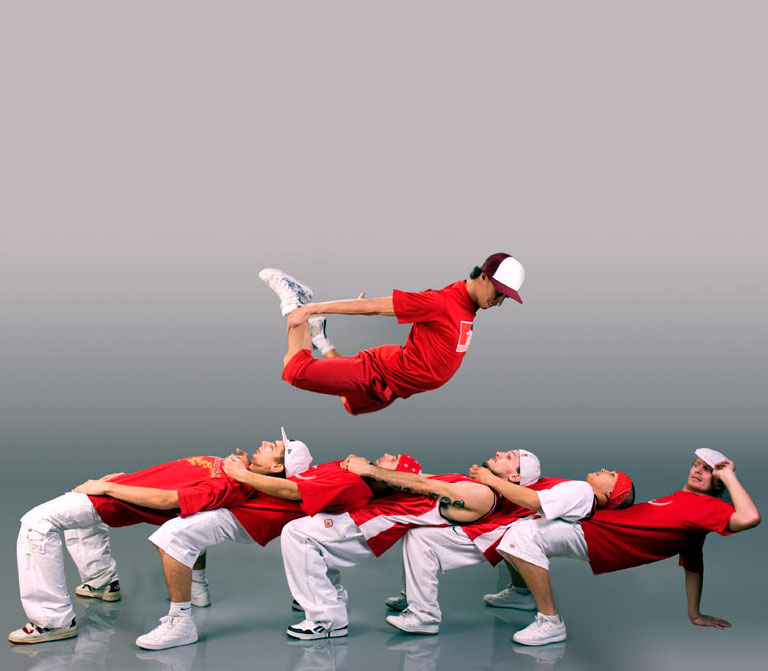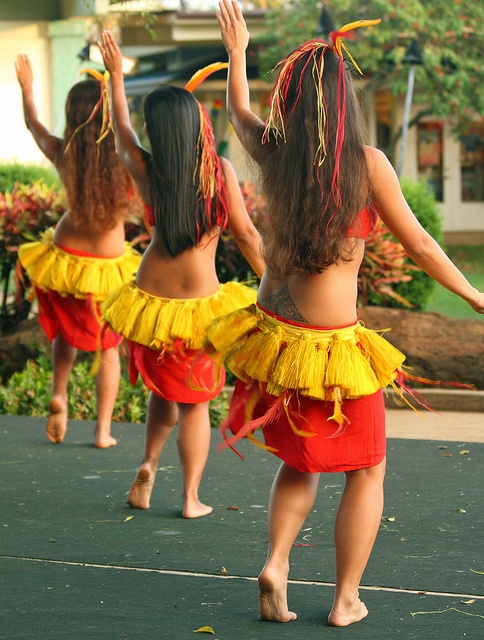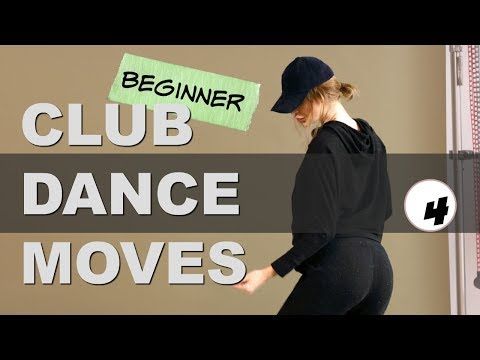How to spot while dancing
Spotting 101: Help Your Students Master This Turning Essential
Spotting 101: Help Your Students Master This Turning Essential
Even before 19th century Italian ballerina Pierina Legnani first performed the feat of 32 consecutive fouettés, dancers have known that “spotting”—or whipping the head quickly around during a turn so that the eyes remain focused in the same location—is an essential part of multiple turns.
Spotting keeps a dancer from becoming dizzy during pirouettes, and it also gives turns a certain aesthetic sharpness. Dancers use spotting as a way to balance themselves and keep track of where the body is in space. Most dancers learn to spot when they first learn to execute pirouettes, but there are a few specific points that can improve even an advanced dancer’s spotting technique. Here are some tips from the experts to help you teach better turns.
Focus
Vaganova-trained choreographer and teacher Nikolai Kabaniaev stresses that students should focus their eyes when spotting, picking an object on which to concentrate and coming back to it during each revolution. “The entire time, students should really see what is in front of them,” he says. Teaching your students to maintain a specific focus will help them orient themselves and improve balance.
Many dancers like to spot their own image in the mirror, but they should be reminded that during a performance, they will need to find other objects on which to focus. It’s helpful to have your students practice by picking out specific items to spot, even when working in a mirrored classroom.
Maintain Alignment
According to Dr. Kenneth Laws, professor emeritus of physics at Dickinson College and author of Physics and the Art of Dance, many dancers misguidedly believe that spotting provides the impetus for turning. However, even though it may feel as though whipping the head around one last time helps eke out a final rotation, it is not physically possible for spotting to create enough force for an extra turn.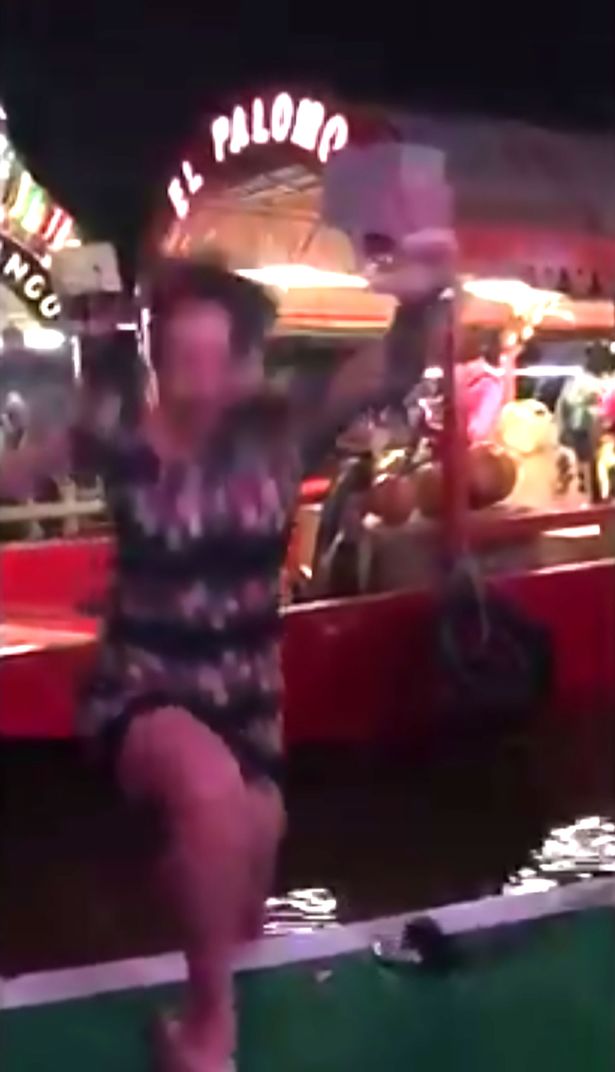
“In a correct pirouette, you don’t move your head from the axis of rotation,” Laws explains. “And there’s not much you can do to change the rotational momentum or speed with just your head, if it’s properly aligned.” Although students should relax their necks during a turn so that they have the maximum range of motion from side to side, allowing the head to dip and swoop does not add any momentum to the turn. It’s important to correct students who try to “nod” their way into one last pirouette.
Jorge Esquivel, former principal dancer with the Ballet Nacional de Cuba and now a teacher at San Francisco Ballet School, tells dancers to choose a focal point that keeps the eyes high, so that the neck is lengthened and straight. If the eyes are cast slightly downward, he says, the head has a tendency to droop forward slightly, throwing off the axis of rotation.
Let the Spot Lead
Esquivel explains that most students do not allow the spot to “lead” the turn; they tend to leave the head behind too long at the start of each revolution.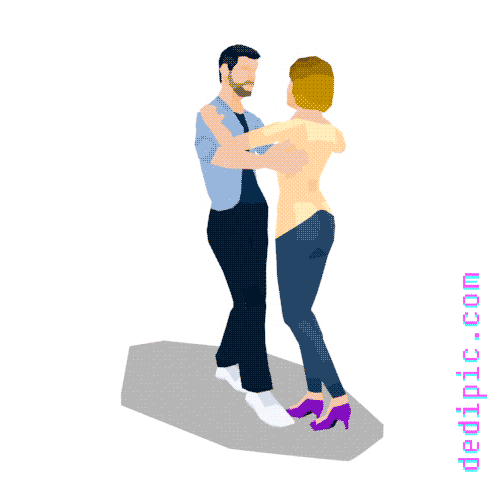 “The turn of the head must not be delayed,” he emphasizes. “There must be a strong accent of the head, an attack. Get your dancers to find the spot fast!” If the head stays too long before whipping around, as Esquivel shows by leaving his head until his chin is nearly in line with his shoulder, the neck muscles begin to pull the head back slightly. By attacking the spot, the dancer can more easily keep her vertebrae in line.
“The turn of the head must not be delayed,” he emphasizes. “There must be a strong accent of the head, an attack. Get your dancers to find the spot fast!” If the head stays too long before whipping around, as Esquivel shows by leaving his head until his chin is nearly in line with his shoulder, the neck muscles begin to pull the head back slightly. By attacking the spot, the dancer can more easily keep her vertebrae in line.
If a student’s spot seems slow, Kabaniaev suggests the following exercise: Have the student stand on two feet with the arms in front as if she were executing a pirouette. Then ask her to perform three or four turns by taking small steps, concentrating solely on the technique of spotting as she does so, to build correct muscle memory. “You can start with a slower speed and then go faster as the coordination improves,” says Kabaniaev.
Keep the Rhythm
“It is important for students to use the spot to keep the rhythm of the turn,” Esquivel says. Have your students coordinate their spots with musical beats, if possible, so that their turns begin and end in time with the music.
Have your students coordinate their spots with musical beats, if possible, so that their turns begin and end in time with the music.
Esquivel advises teachers to help students choose the pacing of the spot to suit the number of pirouettes. “The spot for one or two pirouettes is very different from the spot for five or six pirouettes,” he says. “It varies from student to student, but the dancer must know beforehand the right rhythm and the exact amount of force needed to fit either the slower pirouette or the faster pirouette.” Helping your students find that perfect amount of force will allow them to execute multiple turns cleanly and musically.
How To Tune Up Your Spotting
Think back to your newbie dancer days. Can you remember your introduction to spotting? It might’ve involved staring hard at your own reflection in the mirror as you wrestled with your first pirouette. Or maybe your teacher had you put your hands on your shoulders as you attempted a series of half-chaînés across the floor.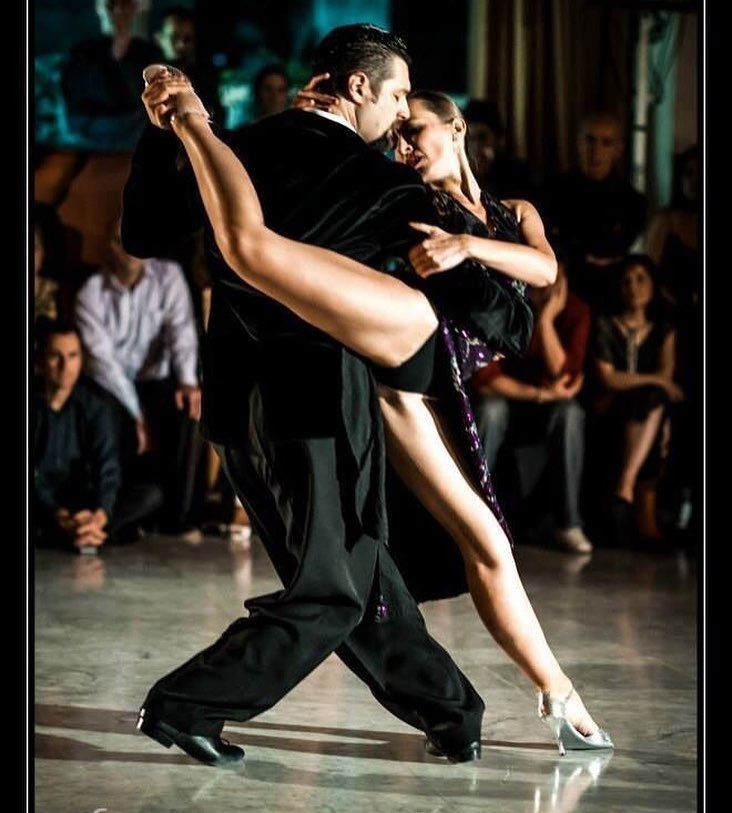
Despite how foundational spotting is to solid dance training, it’s probably one of the first things to go on autopilot. After all, as “So You Think You Can Dance” alum and current BalletMet dancer Jim Nowakowski points out, you’ve got a lot on your mind when you’re turning. “You’re thinking, ‘Am I on my leg? Am I cramping? Am I pulling for 2 or 3? Is my knee stretched? Is my foot stretched?’ ” he says. Giving the old head-whip a tune-up might be the key you need to take you from a maybe-it’ll-happen-but-maybe-it-won’t double to the perfectly polished triple (or quad!) of your dreams.
Think About Your Eyes
Skye Mattox in “Carousel” on Broadway (photo by Julieta Cervantes, courtesy DKC/O&M)
When she’s teaching her youngsters how to spot for the very first time, Joanne Chapman, studio owner at Joanne Chapman School of Dance in Ontario, Canada, has dancers put their feet together and their hands on their waists as they stare at their own eyes in the mirror.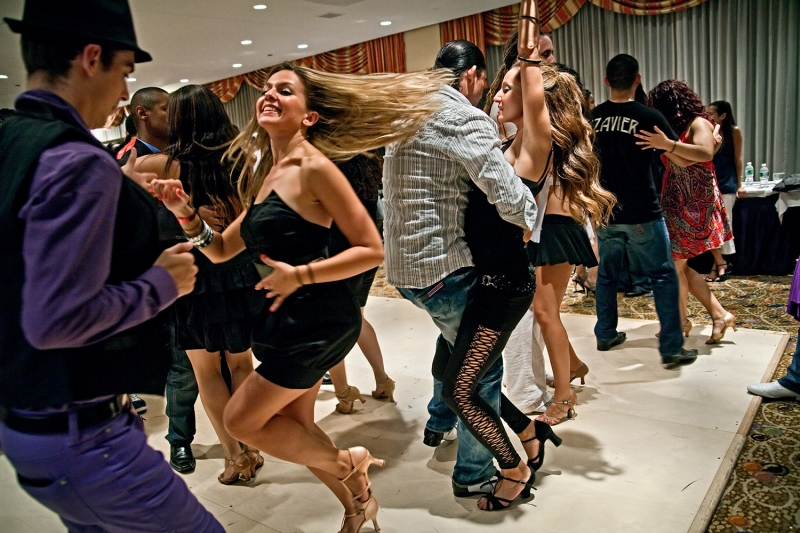 Before she has them swivel their bodies around, she tells them “to see only their own eyes. We’ll say, ‘Don’t look at anybody else’s eyes!’ ” It may sound rudimentary, but actively concentrating on the pathway of your eyes can be a big help, says Miami City Ballet soloist Samantha Hope Galler. “A teacher of mine always said, ‘Think eyes-eyes,’ ” she says, referring to the first focus of the eyes, pre-turn, quickly followed by the eyes’ return to the starting position of the turn—beating the rest of the body’s return.
Before she has them swivel their bodies around, she tells them “to see only their own eyes. We’ll say, ‘Don’t look at anybody else’s eyes!’ ” It may sound rudimentary, but actively concentrating on the pathway of your eyes can be a big help, says Miami City Ballet soloist Samantha Hope Galler. “A teacher of mine always said, ‘Think eyes-eyes,’ ” she says, referring to the first focus of the eyes, pre-turn, quickly followed by the eyes’ return to the starting position of the turn—beating the rest of the body’s return.
Math and Numbers Are Your Friend
As a dancer in Broadway’s Carousel last year, Skye Mattox had a particularly complicated turning sequence in the number “June Is Bustin’ Out All Over.” So she turned to the counts to help organize her spot. “When all the pirouettes happened, I could key into: The kick is on 1, and the head spot is on 4-5,” she says. “I knew my head was coming back around to the front on 4 and 5.”
If you have a turning combination that requires changing spots, Nowakowski recommends planning carefully. “Know where your focus is going to be and where you want your spot to be,” he says. “It could be, ‘I’m spotting the corner, then two spots to the side, three to the corner, and another spot to the side. Know your mathematics!”
“Know where your focus is going to be and where you want your spot to be,” he says. “It could be, ‘I’m spotting the corner, then two spots to the side, three to the corner, and another spot to the side. Know your mathematics!”
Just Relax
Even though a successful turn requires organizing the body in a very specific way, remember not to hold tension in the head, neck, or shoulders—keep them relaxed. When Galler first started with MCB, one of her most frequent corrections was not to force her chin down during pirouettes. “It was the first thing they caught,” she says. “When I put my chin down, my neck and head go slightly up and forward, which makes it more difficult for me to whip my head around.” After daily reminders from the MCB staff and a conscious effort to loosen up, up top, she’s starting to finally master her chin issue. “When I’m relaxed, I don’t hold tension in my upper body,” says Galler.
Do Your Recon
Jim Nowakowski performing with BalletMet (photo by Jennifer Zuma, courtesy BalletMet)
Even the best spotters can get discombobulated when they’re staring out from the stage at a black void. Without your reflection or anything to focus on, how can you spot? The trick, says Nowakowski, is to do your research. “Every theater is different, so when I get to a theater and we have tech rehearsal, I’ll see if I can spot something in the first few rows or find another spotting landmark.” Chapman tells her dancers to look for the exit sign or the sound booth during competitions. “It’s usually just above the judges’ heads,” she says. “That keeps them from dropping their chins, which can happen if they only focus on the front row.” Galler relies on a red light at eye level that she’s found exists in the house of many theaters. But even if she can’t find a light, she knows she’ll be OK if she just stays calm and centered. “If I just visualize myself doing it like I did in the studio and don’t get nervous that there’s not something to focus on, as long as I’m doing the same motion with my head and eyes, it should work,” she says.
Without your reflection or anything to focus on, how can you spot? The trick, says Nowakowski, is to do your research. “Every theater is different, so when I get to a theater and we have tech rehearsal, I’ll see if I can spot something in the first few rows or find another spotting landmark.” Chapman tells her dancers to look for the exit sign or the sound booth during competitions. “It’s usually just above the judges’ heads,” she says. “That keeps them from dropping their chins, which can happen if they only focus on the front row.” Galler relies on a red light at eye level that she’s found exists in the house of many theaters. But even if she can’t find a light, she knows she’ll be OK if she just stays calm and centered. “If I just visualize myself doing it like I did in the studio and don’t get nervous that there’s not something to focus on, as long as I’m doing the same motion with my head and eyes, it should work,” she says.
Definitely don’t let yourself get intimidated by the complexity of spotting.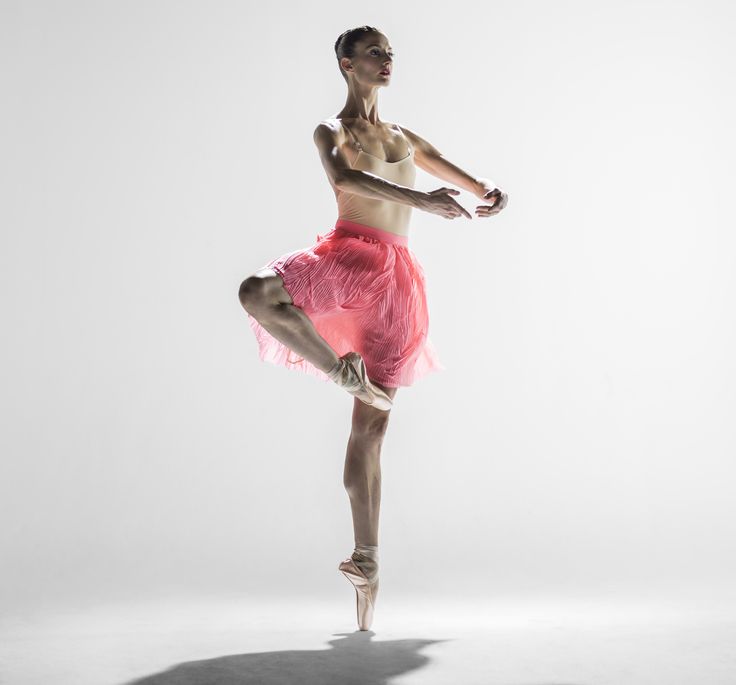 “It’s really about just letting your head do the work it’s been trained to do,” says Mattox. “Sometimes I’ll think, ‘I’m not going for a triple pirouette—I just need to get my head around three times.’ ”
“It’s really about just letting your head do the work it’s been trained to do,” says Mattox. “Sometimes I’ll think, ‘I’m not going for a triple pirouette—I just need to get my head around three times.’ ”
A version of this story appeared in the January 2019 issue of
Dance Spirit with the title “How To Tune Up Your Spotting.”
How to deal with tension while dancing
Many dancers, even very experienced ones, have such a problem as fear of the audience, excitement before going on stage or even during training, and the tightness that follows from this, which literally breaks the whole dance. Here you are standing on the floor, or even in an ordinary rehearsal room in front of the coach, and you start thinking that you are in the spotlight, that everyone is looking at you, how you look now, how not to forget the movements, get into the rhythm, etc. d. Bottom line: panic, stiffness, unnaturalness and nervousness. Familiar? Then this article is for you.
So, what do you do to calm down, gain confidence and finally enjoy the dance itself, and maybe even the realization that everyone is looking at you and your great performance? There are several ways.
Relax
Try to learn (learn very well) the movements themselves first. Let it be a little "wooden", that's okay. And then, when the movements reach automatism, try to relax, treat the dance with calmness. Feel the music, immerse yourself in it. Movement will become much more relaxed and natural. The main thing is not to overdo it with "carelessness", you need to find a middle ground between ease and tension, which is also necessary in moderation.
Go to dance parties, dance floors, discos
Go to discos more often, where there are many people like you, where you have the opportunity to relax and try dancing for yourself. Surely, when you dance, being alone, for example, at home, you do it easily and freely, and you get upset that it is much more difficult to do it in public.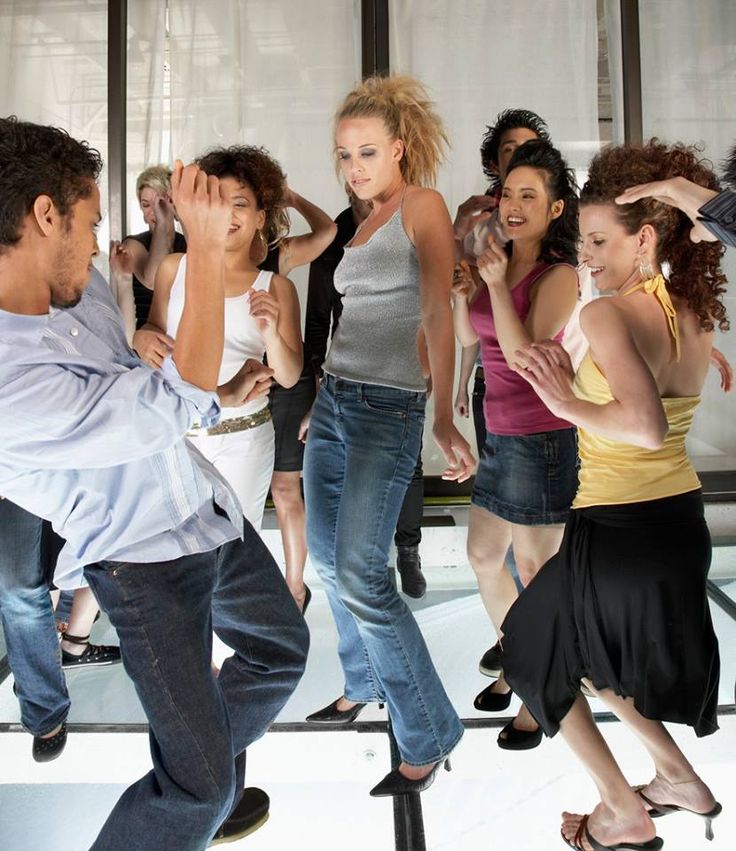 When you are at a disco, in a noisy crowd, among hundreds or dozens of people, no one will notice your mistakes, no one will correct and judge you, like in an exam. So you can just forget yourself and feel confident, as if no one is looking at you.
When you are at a disco, in a noisy crowd, among hundreds or dozens of people, no one will notice your mistakes, no one will correct and judge you, like in an exam. So you can just forget yourself and feel confident, as if no one is looking at you.
Improvise
Improvisation is a very rewarding experience. Turn on good, dynamic music and dance the way you want, the way you feel. Even if there are no such movements in a particular direction of dance, it does not matter. The important thing is that it relaxes well, helps to feel your body, establishes a dialogue between the mind, feelings and body. To know your body, to be able to fully - both physically and emotionally, to immerse yourself in music - is necessary for any dancer.
Dance for yourself
And finally, the main thing - dance for yourself, no matter how selfish it may sound. Learn to have fun, make it so that you are moved by music, so that during the dance the only thing that would be essential for you is the dance itself and nothing else: neither the reaction of the audience, judges, coach, nor your appearance - you can think about this after. As the hero of the film "Dandies" said: "Here you don't need faster, stronger, higher - here you need drive, energy." Let these words become your motto, and you will understand what happiness it is to dance.
As the hero of the film "Dandies" said: "Here you don't need faster, stronger, higher - here you need drive, energy." Let these words become your motto, and you will understand what happiness it is to dance.
Author:
More articles:
90,000 12 life hacks, to quickly learn how to dance from Mamita DanceDances
Author: Pavel Gather
Psychologist, Lecturer Salsa and Tango
Dances
Author: Pavel Pavel Pavel
Psychologist and tango
on At the start, you always want to get a quick result. When it doesn't happen, the hypothesis arises that everything takes time. After a conditionally acceptable time, humility comes to mastering pair dances, which, perhaps, is not given, and I will just do what I learned somehow.
This is the most common story of those who believe that the mere act of attending a pair dance class is enough to learn how to dance.
Absolutely not. If you want to really dance well, you have to make an effort outside of the dance class. A good teacher will definitely be needed, but the initiative should be on your side.
If you want to really dance well, you have to make an effort outside of the dance class. A good teacher will definitely be needed, but the initiative should be on your side.
1. Listen to music
The most common and accessible advice that is given already in the first lessons. And it definitely works. Music creates a certain atmosphere of the dance and intuitively you want to move to it. It doesn't matter where you listen to music - in the car, on headphones while walking or doing household chores.
An addition that will help you dance better is your active participation in the music. Sing along, dance or simply beat musical accents with any free parts of the body. In the subway, for example, it is enough to tap out bright moments with your fingers, in the car to sing along with sounds, and at home you can jump for pleasure.
2. Watch videos of good dancers
It's complicated, but also obvious. It’s more difficult, because without recommendations from more experienced dancers, unfortunately, it’s not so easy to find a good quality video on the net (I mean not the resolution quality, but the content itself).
It’s more difficult, because without recommendations from more experienced dancers, unfortunately, it’s not so easy to find a good quality video on the net (I mean not the resolution quality, but the content itself).
Meaningful video viewing is about building an understanding of HOW dancers make a particular impression on a partner or viewer. Technology is at the heart of everything. Understanding how the pros do it is a big step forward.
It is important to distinguish a show from a disco dance, a staged performance from an improvisation, a stylized dance from an authentic one, etc. Ask for recommendations and dance teachers will always throw off a couple of videos of worthy landmarks.
Tango Z. Showreel.
Online modern tango courses
Tango nuevo is the most advanced version of tango. We can quickly learn to dance from zero to a steep level.
| View details |
3. Dance in salsatecas/milongas/discotheques
A very delicate moment when it is worth coming to the first party. From a technical point of view, most students in 1-3 months have a sufficient set of figures and techniques to come and dance calmly. Psychologically, the same moment can be stretched out for an indefinite time. After all, it is imperative to “not lose face”, “learn more figures” and be sure what to do in case “there is an unfamiliar movement”.
From a technical point of view, most students in 1-3 months have a sufficient set of figures and techniques to come and dance calmly. Psychologically, the same moment can be stretched out for an indefinite time. After all, it is imperative to “not lose face”, “learn more figures” and be sure what to do in case “there is an unfamiliar movement”.
In fact, the partygoers don't really care (except for a small layer of non-professional teachers who want to help inexperienced dancers by treating them as customers in the future). It is important to come and try dancing after a month of classes. You can only with friends or guys from your group. This will be enough to feel the adrenaline and inspiration from the dance.
4. Dance with partners or partners not of your level
The conventional wisdom that you need to practice in groups of your level does not stand up to the test of experience. Perhaps now your eyes widened in surprise, and you want to meaningfully read the phrase again. Yes, you saw everything correctly: when you dance with a partner of your level, you don’t grow anywhere.
Yes, you saw everything correctly: when you dance with a partner of your level, you don’t grow anywhere.
It's important to understand that not only does it work one way and you have to dance with cooler dancers, but it works even more effectively the other way. It is no coincidence that teaching pair dances dramatically raises the level of the teacher himself. You have an endless stream of very beginner dancers.
How it works. A more experienced partner needs to be "stretched". It's easy and obvious. With beginners, you need to take more initiative on yourself, see the general pattern of the dance more widely, turn on and insure more, try to be an example and be more careful. The quality of interaction begins to grow significantly. And wonderful partners too.
Dancing with partners of your level doesn't make you grow. Dance with beginners and more advanced dancers
Dominican Bachata Women's Style Online Course
Want to learn how to hypnotize those around you with the most appetizing part of your body? On the course we will tell you all the secrets.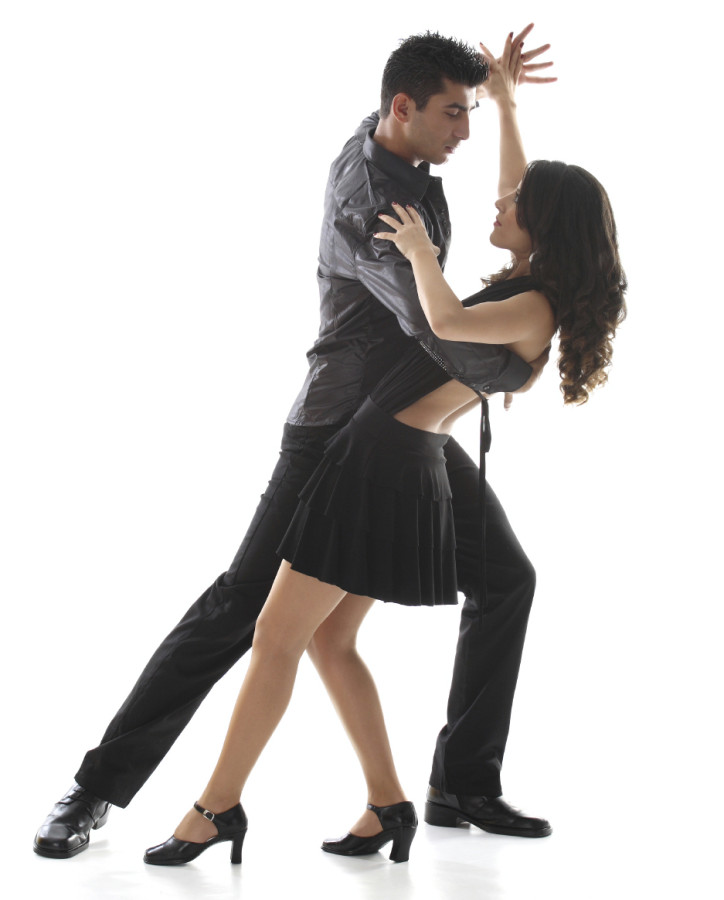
| Interesting |
5. Learn to dance for a partner and for a partner
Turks and Argentines are one of the best partners in the world. In Russia, partners are highly valued. Why? The answer is simple. In Argentina and Turkey, it is not questionable for men to ask another man to lead in one piece or another and give feedback on the quality of the lead. For them, it will be a great shame to hear moralizing from a partner, or even more so to be known in the community as an insecure partner.
In Russia, due to the constant, often far-fetched, opinion that there are more women in pair dances, partners calmly get up and study their partner's part. Such partners then grow into very cool dancers and teachers. In no case do this at parties, only in class. Here we are talking only about the learning strategy. At parties, be yourself.
6. Do not memorize the links
Always try to look deeper and understand the through principle and idea of movement. Understanding what and how is done will make it possible to independently generate any sequences and chips.
Understanding what and how is done will make it possible to independently generate any sequences and chips.
Human memory is limited and there will always be a moment when something will escape and your repertoire will be limited by the size of RAM.
In Argentine tango, for example, there are seven levels of movement construction that, when mastered, will allow you to make millions of combinations. And how many dance sequences can you really remember? In rueda, more than 150 figures dance in a rare circle. It's hard to keep more in mind.
7. Develop your body
Many years of experience in teaching partner dance shows that as soon as everyone pairs up in a class, any progress in individual style ends. But it is the individual style that distinguishes everyone at the disco: partners change, and style is always with you.
The body as the main instrument of dance must be very plastic, responsive and emotional. Surprisingly, not all pair dance schools have a general physical warm-up.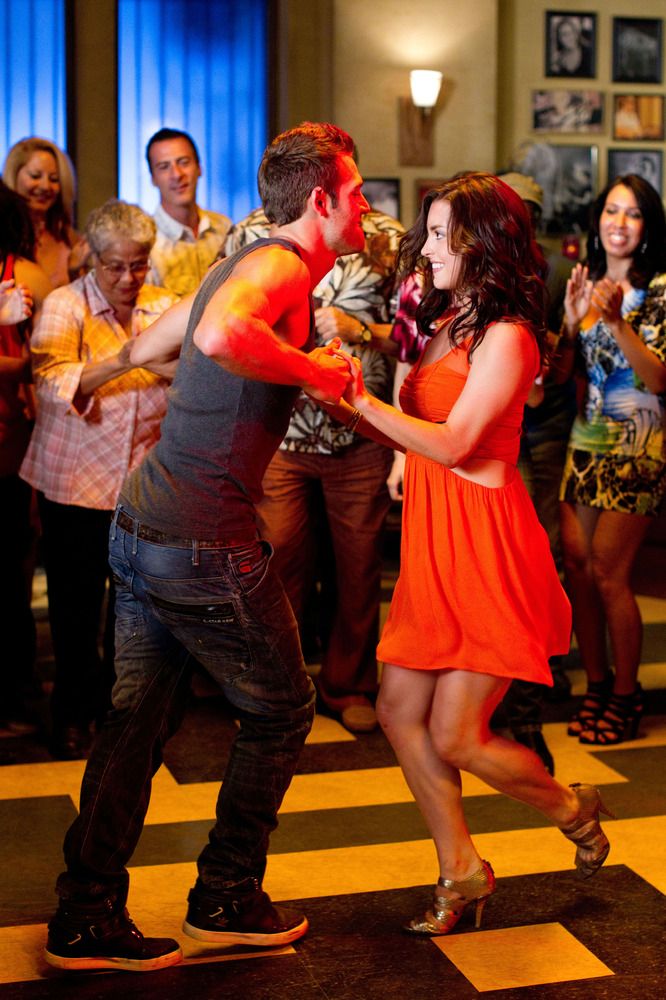 It is vital to tune the body and understand how it works.
It is vital to tune the body and understand how it works.
You can always train extra and concentrate more on the basic steps, as their true value is as body work. The sequence of steps is, in fact, the simplest thing that can be in pair dancing. The quality of individual performance determines the craftsmanship.
8. Try on the images of inspiring dancers
A psychological life hack for those who have already mastered the steps, but still feel that there is not enough brightness and drive. Most are terribly afraid of being someone else's "clone". Here the action is the same as under the influence of hypnosis - the more you resist, the more you plunge into an altered state of consciousness.
With a high degree of probability, you are already dancing like someone else's "clone". A meaningful fitting of someone else's image is that you mentally take the image of the one who inspires you (inspiration is critical in this case) and "put on" yourself.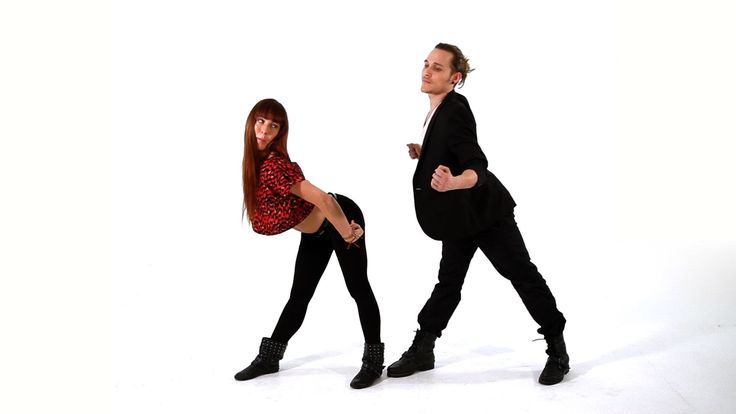 Then you start dancing and trying to feel in general how it is to be able, for example, to be the best partner or the sexiest partner in a disco. This is much more difficult than it seems. But it works extremely efficiently.
Then you start dancing and trying to feel in general how it is to be able, for example, to be the best partner or the sexiest partner in a disco. This is much more difficult than it seems. But it works extremely efficiently.
9. Dance to unformatted music
Habitual rhythms keep you rigid. Tango salon or speedy timba leave little room for experimentation and fantasy. Pattern dancing is always noticeable and is reserved for beginners.
The truly new is born outside of the usual. Look for places to experiment. If there is no place, organize self-training. The main thing is not to get carried away, because music determines the style. We bring something new to pair dances, rather than trying to change them.
Search, improvise, don't be afraid to go beyond, develop in different directions, be inspired by music atypical for the style
10. Try your hand at basic dance directions dances exist according to their own non-choreographic laws.-Step-18.jpg/aid1640374-v4-728px-Shuffle-(Dance-Move)-Step-18.jpg)
This is the deepest delusion, which has turned into a ceiling for the qualitative development of partner dances. After all, all professional dancers, for example, in salsa or bachata, build their ideas on the basic choreographic principles.
Do not think that choreography is only applicable on stage. Any meaningful movement of the body can be choreographic. In general, try classical or modern choreography. Basically, hip-hop can work too.
11. Look for battle sensations
Pair dances return us to an active position of manifestation of our body. As in the days of our ancient ancestors, we impress the members of the opposite sex by how dexterous, hardy, sexy, etc. we are. Modern laws of the jungle in the entourage of large cities.
If you look around the dance floor, it becomes clear that the majority are clearly herbivores (not in the sense of vegetarians, but in relation to those around them). I am sure that predators are always more interesting in terms of the attractiveness of the image - try to find a counterbalance among herbivores, for example, a cat woman or a lion man.
I am sure that predators are always more interesting in terms of the attractiveness of the image - try to find a counterbalance among herbivores, for example, a cat woman or a lion man.
The conversation is about an internal position, not about aggressiveness. Lability and lack of control are inherent in adolescents, and not in adult self-sufficient people.
Accordingly, even a training or friendly battle gives, on the one hand, practical skills - to make a bright sequence of movements, bring an idea to a climax, show a spectacular feature, on the other hand, develops the psychological basis of the dance - self-confidence, resistance to extraneous attention, self-control and self-control in complex elements.
12. Communicate with professionals
The environment shapes the internal position. Basically, real passionaries of the dance community are ready to openly talk, discuss and support the development of dance in every possible way.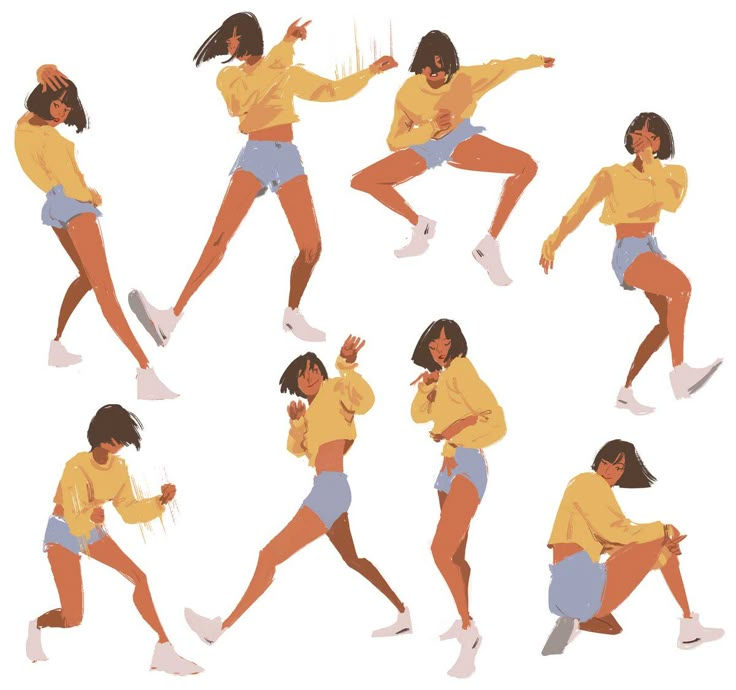 Universal principles and the ideas they articulate have a much longer and more practical perspective than meets the eye.
Universal principles and the ideas they articulate have a much longer and more practical perspective than meets the eye.
Accept that, for example, behind the words "listen to your partner" is not only a beautiful metaphor, but also a practical skill to literally listen to your partner. At the same time, always treat every thought, even the most respected teacher, as a private opinion.
Your skill will lie in finding the scope of the idea even in conflicting opinions. Most often, the contradiction is speculative and the truth lies in the angle of perception or situationality.
Your dancing growth will stop sooner or later. This can happen at the level of three basic steps or years of experience in teaching and show performances. Regardless of your level, the suggested 12 life hacks can get you off the ground and greatly accelerate your dance growth. There is no way here without your motivation and activity. Take your dance development into your own hands.
share an article with friends
| Salsa |
Lessons of Argentine tango in Moscow - Mamita
School of Dance Sals Dangerous sexuality
Salsa: destroyers of stereotypes
Couple dancing as a source of strength.

